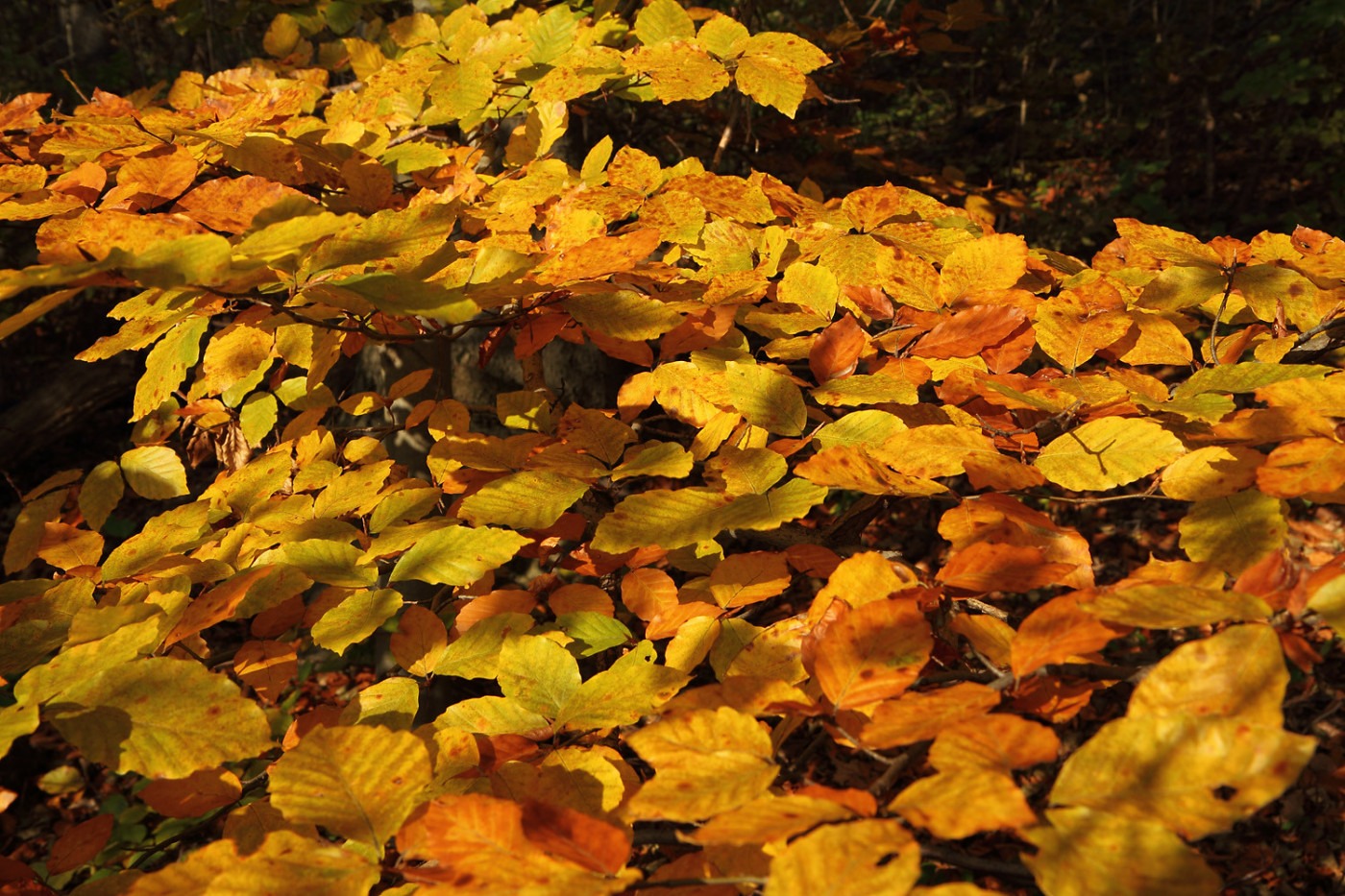Crafting a cosy autumn
As the crisp air of autumn sweeps in, nature transforms into a vibrant tapestry of reds, oranges, and yellows, inviting us to embrace our creative spirits. With its shorter days bringing cosy evenings, this season beckons us to gather around our crafting tables, armed with pumpkin spice lattes and a bounty of inspiration from the outside world. From the enchanting aroma of dried orange garlands to the delicate art of leaf embroidery, autumn offers a wealth of crafting opportunities to do with friends and a drink. In this article, I will offer suggestions on how to take a moment against the fast-setting sun and how to use the time between nights out.
Thread-wrapped bouquets
One of the most affordable methods to embellish your room or apartment is foraging. Crafting wrapped twig bouquets introduces a natural touch to your living space that is cheaper than flowers and won’t make you feel guilty if you forget to water them. Simply gather some colourful threads and yarn from a local haberdashery or charity shop, along with thin branches or sticks found around campus.
Start by getting cosy on your sofa or bed with a warm drink to reward yourself for walking around hunched over, searching for twigs in the grass. Then, clean and prune the branches from any edges that may snag on the yarn or threads. Once you’ve got a desirable smooth surface, tape the tail end of the thread to the branch. As soon as it is secure, all you have to do is wrap the thread around the branch until it covers the tape. You can switch colours throughout, leave some thread hanging, or draw patterns on the exposed bark with oil pastels. Once you’re done, place them in a lovely vase, and you will have an immortal bouquet without losing a finger! If you’re having trouble deciding what colours to use, Pinterest is bountiful with ideas.
Leaf embroidery
Another simple idea is leaf stitching. Hopefully, after all that time foraging for twigs, you will have picked up some thick leaves on your journey. After you’ve tracked a suitable amount of dirt back home, gently wet your leaves and press them between two flat surfaces to dry. The flatter they dry, the easier it will be to stitch onto. The key to making this a stress-free project is using a thick needle and stabiliser. Stabilisers are materials that you stitch to the back of the leaf and add an extra layer so it’s less flimsy. The best stabiliser is Wonder-Under, though you can use canvas and paper. Remember to cut it to the shape of the leaf so it doesn’t show from the front. Using stabilisers also allows you to create a stencil on the material that directs your stitching.
Of course, the stabiliser and thick needle are unnecessary, although they will make life easier. If you have neither of these things, try poking holes into the leaves in the pattern you want to stitch in with a toothpick or pencil. Then, you could weave your coloured threads through the holes. Remember to stay at least half a centimetre away from the edges so it won’t rip!
Dried orange garlands
Another great way to bring the warmth of autumn into your home is by making dried orange garlands. They add a vibrant touch to your decor and fill the air with a refreshing citrus scent that perfectly captures the season. The next time you find yourself at Tesco for your weekly shop, try searching for plump oranges with thick skins. Once you’ve convinced yourself not to eat them all in one sitting, slice them into quarter-inch slices. As you try not to lose a finger, I recommend playing some Hozier or Three Sacred Souls in the background to fully commit to the woodland aesthetic.
After the oranges have been sliced, gently press out excess liquid with a paper towel and preheat the oven to 90°C. Then, line the baking tray with parchment paper and gently spread the oranges. By this point, I had sufficiently burnt the corner of my thumb and sliced my pinkie finger. Please carefully handle sharp and heated things, as knives and temperature do not discriminate based on age or ego.
The oranges will need approximately four hours to dehydrate and need to be flipped on the second hour. As you wait, prepare a meal or try another craft. After four hours and the blaring alarm of the timer reminds you that you’re currently doing essential arts and crafts, begin to poke holes into the oranges with a toothpick. When the holes are made, thread the strings through each orange in one line. Once it is done, you can hang it by the window where it can catch and reflect light, place it into a jar with your decorated conkers and fairy lights, or hang it at your door.
With these simple yet enchanting crafts, autumn becomes a season to celebrate at home, away from the rush of daily life. Hopefully, I have successfully tricked some of you into breathing in the fresh autumn air and enjoying the brief sunshine as you gather materials. So, grab your branches and leaves, put on your favourite cosy playlist, and let autumn’s palette and textures guide your hands.

Comments